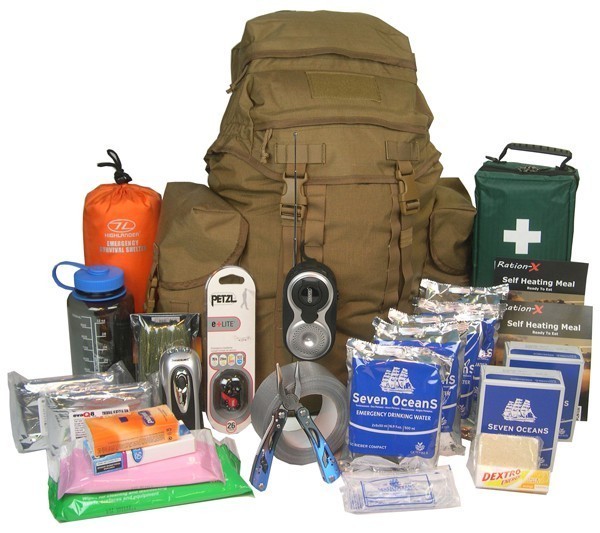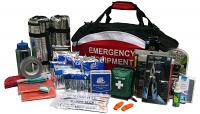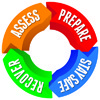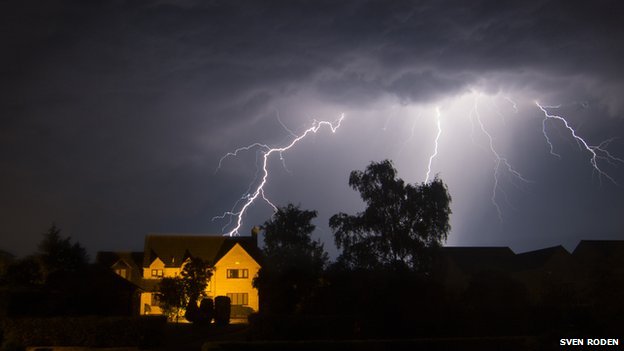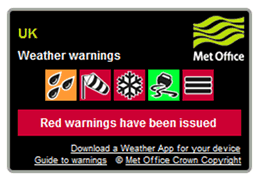Storm - How to prepare for a Storm or Severe Weather
...part of the extended info series on How to prepare your Personal Emergency Plan | this page is also accessed via https://evaq8.co.uk/Emergency-Preparedness-Storm-how-to-prepare-for-a-storm.html
| |||||||
Storms can cause severe damage from high winds, heavy rainfall and storm surges not only to coastlines but also further inland (see windspeeds, i.e. Beaufort Scale and SSHWS Saffir–Simpson hurricane wind scale). Flying debris can be very dangerous and excessive water can cause devastating floods, land- and mudslides. Coastal areas are particularly prone to damage as storm surges and wave action combine to erode foundations that weaken and may fail. In addition thunderstorms produce lightning which can damage property and kill or severely injure people. Remember, rubber-soled shoes and rubber tires provide NO protection. However, steel frames, i.e. hard-topped vehicle, provides increased protection if you are NOT touching metal. Generally, you're much safer indoors or in a hard-topped vehicle during lightning than outside. Real-time date: wind observation XCW Weather, Metar, earth.nullschool.net ventusky / LightningMaps; MetCheck Global Severe Weather scanner;Met Office UK Storm Centre; EU storm map; | | ||||||
1. ASSESS know your surroundings
Recently in the news: Lightning strike injures three including two children in Country Antrim; BBC: How do you recover from being struck by lightning?
Additional resources: UNISDR Storm Surge; CDC lightning; British Red Cross on thunderstorms and blackouts; Patient Info: Electrical Injuries and Lightning Strikes; MetOffice severe weather; History The Scottish Hurricane of 1675 | Hurricane Debbie 1961 | Hurriciane Faith 1966 | Hurricane Lili 1996| Hurricane Mitch 1998 |
|
| ||||||
Tweet if you find this useful. Thank you for sharing and join us for even more Emergency Preparedness on
| Which Emergency Kit is right for you?standard Emergency Kit | bespoke Emergency Kit | ||||||
| |||||||


 Scenario: Storm | severe weather, heavy rain, lightning, flooding, storm surge, storm tide, hurricane, tornado, typhoon
Scenario: Storm | severe weather, heavy rain, lightning, flooding, storm surge, storm tide, hurricane, tornado, typhoon